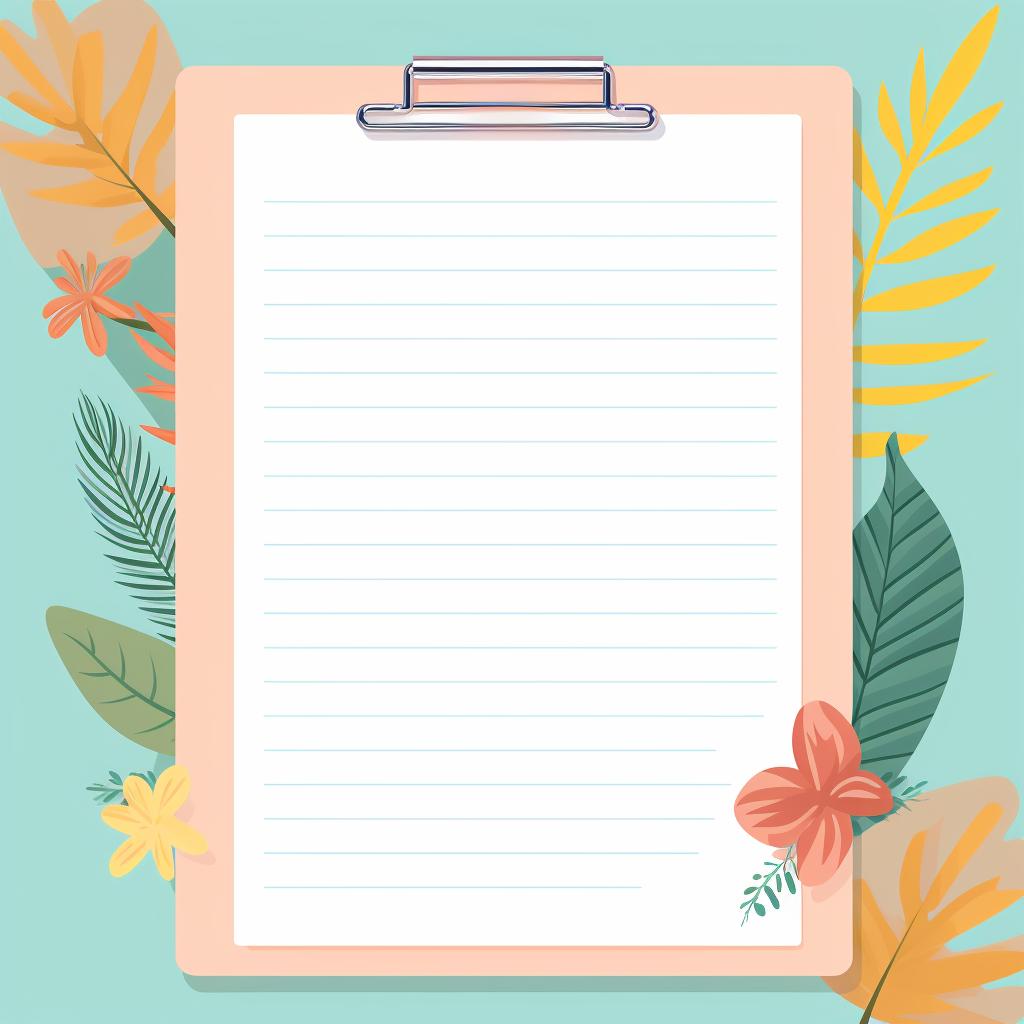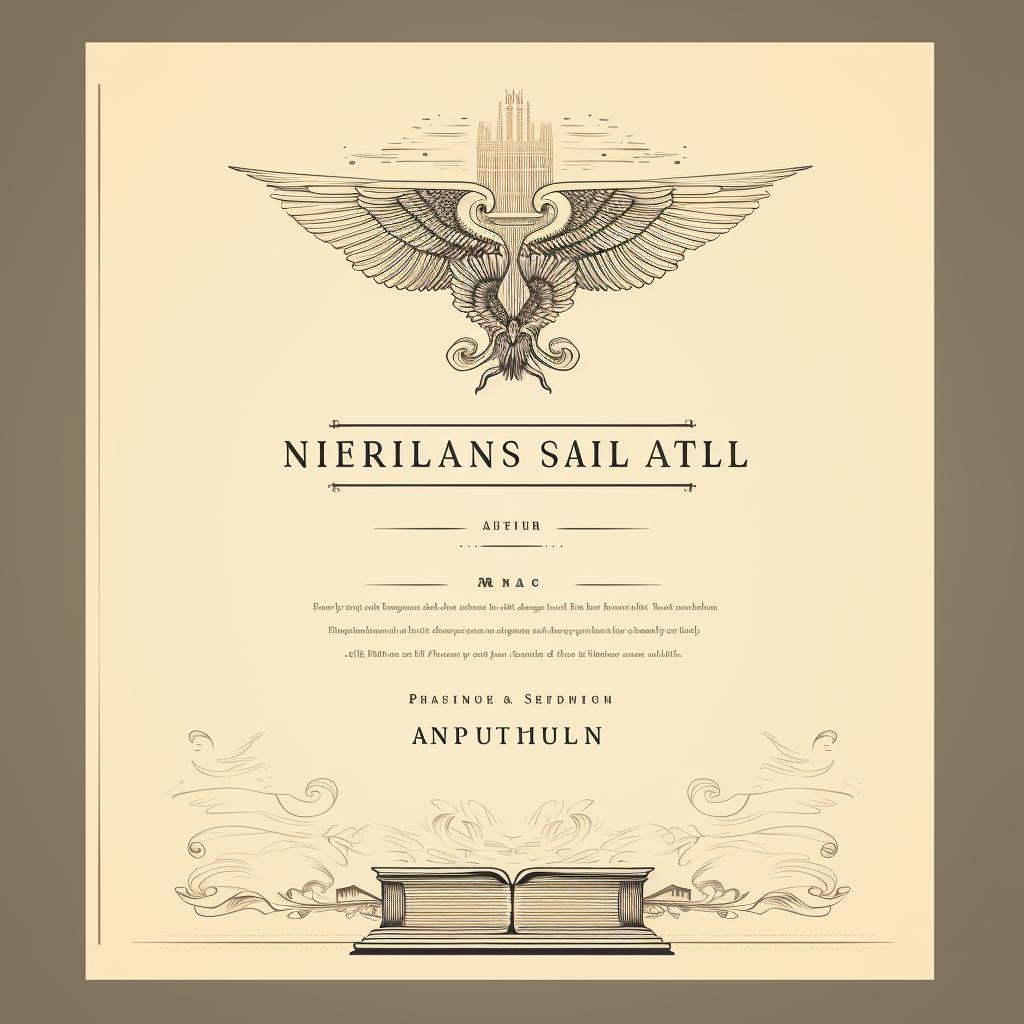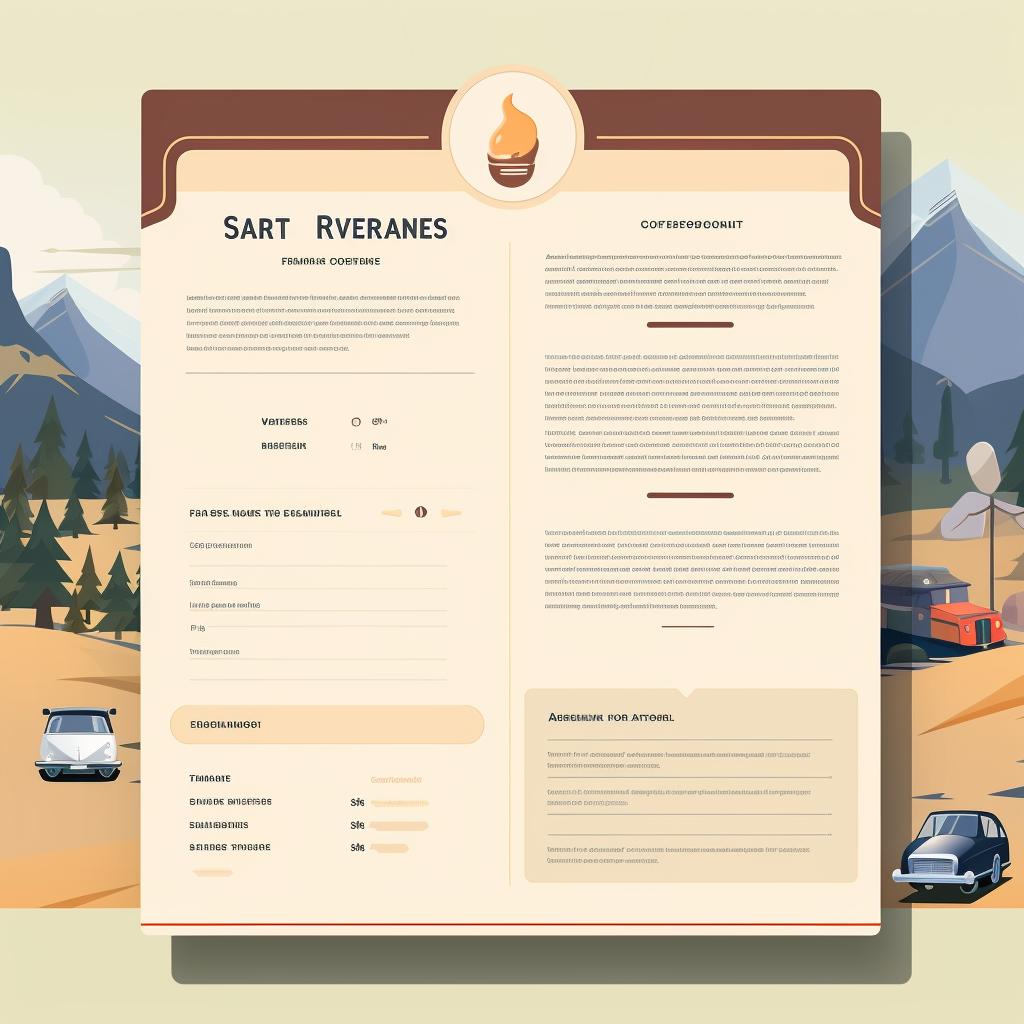Clarissa J. Bennett is a talented freelance writer and editor with a knack for simplifying complex concepts. With a background in journalism and a Masters in English Literature, she excels in creating comprehensive and easy-to-understand guides on essay formatting and writing techniques.
Applying APA formatting to your academic papers can seem like a daunting task, but it doesn't have to be. With the right knowledge and tools, you can easily format your paper according to APA standards. Here's a comprehensive guide on how to do it.
Getting Cozy with APA Formatting: The Basics 📚
APA stands for American Psychological Association, and it's a style of formatting commonly used in social and behavioral sciences. The APA formatting guide covers various aspects of writing, from the organization of content to the citation of sources. To understand the basics of APA formatting, you'll need to familiarize yourself with the four major sections of an APA paper: the title page, abstract, main body, and references.
Crafting an Impressive Title Page: Your First Impression 📝
The title page is the first page of your paper. It includes the title of your paper, your name, and your institutional affiliation. The page header should include a shortened version of your paper's title, flush left, and the page number, flush right.
Mastering the Art of the Abstract: Keep it Short and Sweet 🖊️
The abstract is a brief summary of your paper, usually no more than 250 words. It should be on a new page and begin with the centered word "Abstract".
Building Your Paper's Backbone: The Main Body 🏗️
The main body of your paper is where you present your research or analysis. This section should be well-structured, with clear headings and subheadings to guide the reader through your argument.
Giving Credit Where It's Due: The References Page 📌
The references page is where you list all the sources you have cited in your paper. It should start on a new page, with the centered heading "References". Each entry should be double-spaced and use a hanging indent.
Having understood the various components of an APA formatted paper, let's delve into the practical steps of applying this formatting style.
Learn more about Mastering APA Formatting in Academic Papers 📚 or discover other Superior Formatting guides.
Learn more about or discover other Superior Formatting guides.
By following these steps, you can ensure your academic paper adheres to the APA formatting style. Remember, consistency is key when it comes to formatting.
Now that you know the basics, let's break down the process of applying APA formatting to your academic paper into manageable steps:
- Create a title page: Include your paper's title, your name, and your institutional affiliation.
- Write an abstract: Summarize your paper in a concise paragraph.
- Organize the main body: Use headings and subheadings to structure your argument or research.
- Cite your sources: Use in-text citations and a references page to credit your sources.
Before we delve into the frequently asked questions about APA formatting, let's recap what we've learned so far.
Now that we've addressed some common queries about APA formatting, let's move on to a community poll to understand what you find most challenging about this style of formatting.
Here are some frequently asked questions about APA formatting:
- Should page numbers start on the title page in APA format?
- Should I align left or justify my paragraphs when writing in APA format?
- What are the standards for an A-grade essay in APA format?
What Do You Find Most Challenging About APA Formatting?
Let's hear from you: What do you find most challenging about APA formatting? Is it the in-text citations, the reference page, or something else?
Let's hear from you: What do you find most challenging about APA formatting? Is it the in-text citations, the references page, or something else?
Remember, practice makes perfect. The more you apply APA format to your academic papers, the more comfortable you'll get with the process. And don't forget, you can always refer back to this APA formatting guide whenever you need a refresher. Happy writing!




















